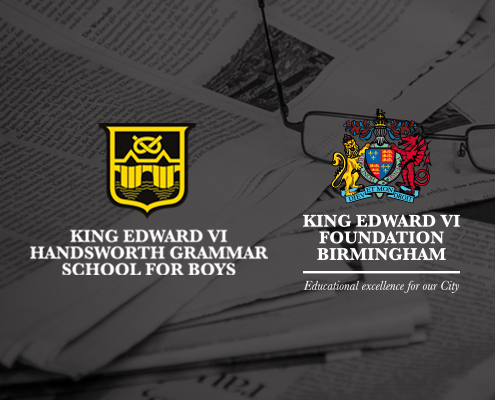Geographical Information Systems Enrichment Day
On Thursday 20th November, 5 Year 13 Geographers went to King Edward VI 5 Ways School to participate in a GIS Enrichment Day. GIS means geographic information systems which is a computer system designed to capture, store, analyse and interpret all types of geographical data. GIS allows us to view, understand, question, interpret and visualise our world in ways that reveal relationships, patterns and trends in the form of maps, globes, reports and charts.
The first part of the day involved a presentation from Andy Brunwell from West Midlands Police, who demonstrated the different ways that GIS is used in crime management. For example, tracking the movement of criminals: every crime problem is related to some location, whether it’s an address, street, ZIP Code or district. This helps officers to understand where similar criminal events take place, which could be linked to the same criminal and can also help to predict where criminals will strike next. Moreover, GIS is able to identify crime hotspots. GIS helps the police decide how best to distribute their resources and is one of the most important tools for tackling crime.
After this we learnt about the splatter project which was founded by Liz Chadwick from Cardiff University. It is a survey of UK wildlife road kill, building up a comprehensive picture of all animal species being killed and where in particular it is happening. The data reported will help to produce a ‘roadkill map’ for the whole of the UK. The splatter project is a citizen science project which relies on the general public to submit data via social media about road kill sightings and then the data is then collected to establish whether there are any trends forming or hotspots developing. This could eventually lead to solutions for reducing the numbers of wildlife killed on Britain’s roads.
In the last workshop we looked at how GIS is used in the retail business. We looked at how different supermarkets target different areas. For example Waitrose targets areas in which people are better off and stores like Aldi or Lidl or targeted at more deprived areas. As well as listening to the talks, we partook in each workshop by creating hotspot maps, spatial analysis and investigating the distribution of retail stores within the Birmingham conurbation.
Overall I think that this experience was an eye-opener to the limitless application of geography. It was definitely one to remember: the application of GIS is limited only by the imagination of those who use it.







